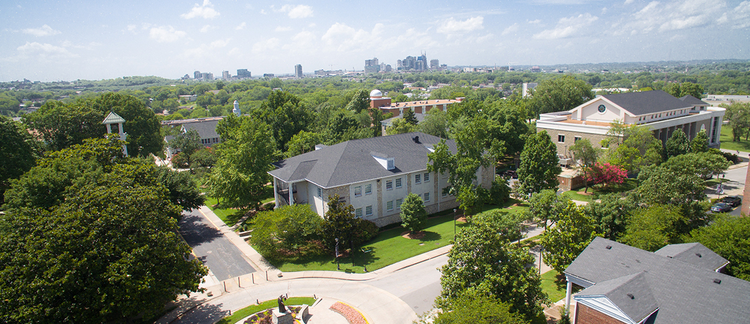Abstract
The main objective of this balloon launch is to test the release of a ten meter boom in microgravity (free fall) at 25 km altitude. The successful release and unraveling of the tether will be a monumental achievement in the area of Pico-Satellite capabilities. In addition to the ten meter boom, a new design of inserting a smaller balloon inside of the parachute for a less chaotic decent in free fall has been implemented with success. Microgravity is an important environment for experimentation. There is a short period of microgravity after the payload is dropped before resistive forces become significant. Microgravity gives an opportunity to test equipment in roughly zero Gs with only a few percent of the Earth's atmosphere. This project tests a real mass model satellite and attempts to optimize a balloon launch for space environment testing. Other important experiments included in this launch consist of the GaAs Solar Array Testing, Thermal Surface Model Testing, Communications link testing with a new nickeltitanium wire J-pole antenna and a Tether Release Model computer simulation that will be compared to the actual experimental execution of the tether release.
How to Cite:
Ramm, N. A., Solyst, B. G., Fisher, B. C., Dodge, R. E., Pollina, A. J. & Kuehl, P. G., (2012) “Micro Gravity Balloon Drop: Tether Release”, Academic High Altitude Conference 2012(1), 60–73. doi: https://doi.org//ahac.8326

